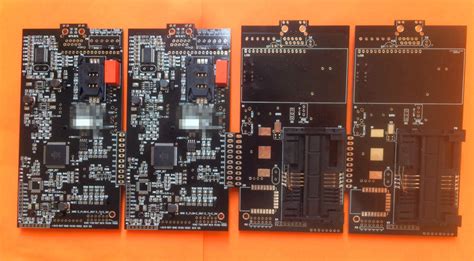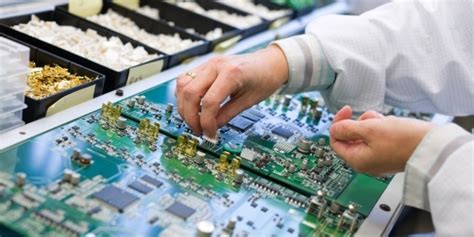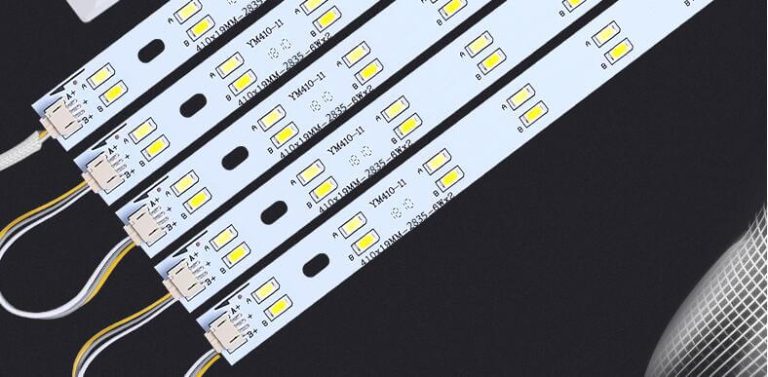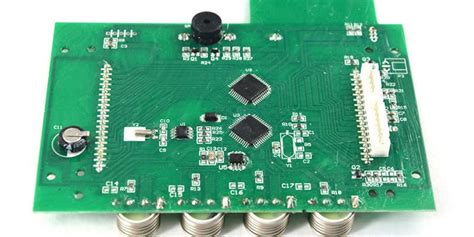Innovations in Flexible Circuit Assembly for Modern Electronics
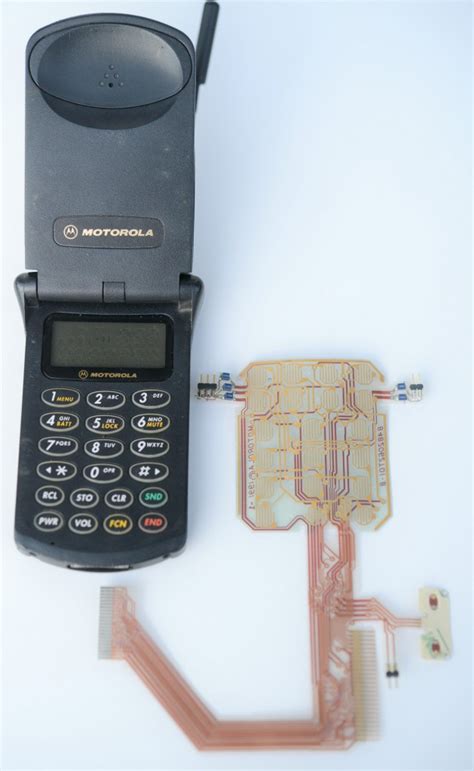
Key Takeaways
In the rapidly evolving field of electronics, flexible circuit assembly has emerged as a crucial component driving innovation. The adaptability offered by this technology significantly enhances performance across various applications. Key advantages include the ability to conform to non-linear surfaces and the reduction of space required in devices, which is essential in today’s compact designs. PCB assembly processes for flexible circuits involve unique techniques that differ from traditional methods, emphasizing the importance of precision and care in handling materials that are often thinner and more delicate.
To illustrate the potential impact of these innovative assemblies, consider this table showcasing typical materials used in flexible circuit technology:
| Material | Description | Application |
|---|---|---|
| Polyimide | A thermally stable polymer known for its durability | High-temperature electronics |
| PET | Lightweight with excellent electrical properties | Consumer electronics |
| Copper | Conductive metal used widely in PCBA | Various applications from smartphones to military gear |
In modern devices, flexible circuits are being utilized in wearables, medical equipment, and portable electronics. This versatility underscores their significance in advancing technology while addressing limitations posed by traditional rigid boards. As manufacturers continuously refine their pcb assembly processes to incorporate these innovative materials and techniques, it becomes evident that flexibility is not merely a design choice; it is vital for the future of electronic device functionality.
"Embracing flexibility in circuit design is not just advantageous—it’s essential for meeting the demands of contemporary technology."
Through ongoing research and development efforts, stakeholders can expect further enhancements in both performance and application possibilities, keeping pace with consumer expectations and technological advancements.

Introduction to Flexible Circuit Assembly: A New Era in Electronics
In today’s rapidly evolving technological landscape, flexible circuit assembly is paving the way for a new frontier in electronics. This innovative approach allows for the integration of complex electronic functions into compact and adaptable formats, thus revolutionizing how devices are designed and constructed. At the core of this transformation lies pcb assembly technology, which streamlines the manufacturing process, enhances productivity, and optimizes performance in pcba applications. By utilizing flexible materials, manufacturers can create circuits that bend and conform to various shapes, enabling applications in diverse fields such as wearable devices, medical equipment, and automotive systems. Furthermore, advancements in materials science are introducing a range of high-performance substrates that contribute to improved durability and functionality. These developments not only allow for lighter and thinner electronics but also facilitate greater design freedom for engineers seeking to innovate within tight spatial constraints. As we delve deeper into the world of flexible circuits, it becomes evident that this technology is not merely an alternative to traditional rigid circuits but rather an essential evolution that enhances functionality and user experience across a multitude of modern devices.
Key Materials Driving Innovations in Flexible Circuit Technology
The evolution of flexible circuit assembly (FCA) is significantly propelled by advancements in materials that enhance both performance and functionality. At the forefront of these materials are polyimide films, known for their excellent thermal stability and mechanical properties, making them a preferred choice for various electronic applications. Additionally, conductive inks and adhesives have gained prominence, as they enable the creation of intricate designs on flexible substrates while maintaining essential electrical conductivity. This innovation is closely tied to the demand for improved pcb assembly processes, where lightweight and space-efficient solutions are increasingly necessary.
Another crucial aspect of flexible circuits is the integration of materials such as PET (polyethylene terephthalate) and PEN (polyethylene naphthalate), which provide a balance between flexibility and durability. These materials not only support high-density interconnections but also ensure efficient thermo-mechanical performance, essential for modern electronic devices subjected to various environmental stresses. The ongoing research into novel polymers and composite materials continues to open new avenues for enhancing the functionality of pcba (printed circuit board assembly) processes, driving innovation in applications from consumer electronics to medical devices.
As these advanced materials find their way into flexible circuit designs, manufacturers can explore novel configurations that enhance performance while reducing weight and overall bulk. In this ever-evolving landscape of technology, the role of material science in shaping the future of flexible circuit assembly is indispensable, paving the way for cutting-edge solutions that meet the demands of today’s diverse electronic landscape.
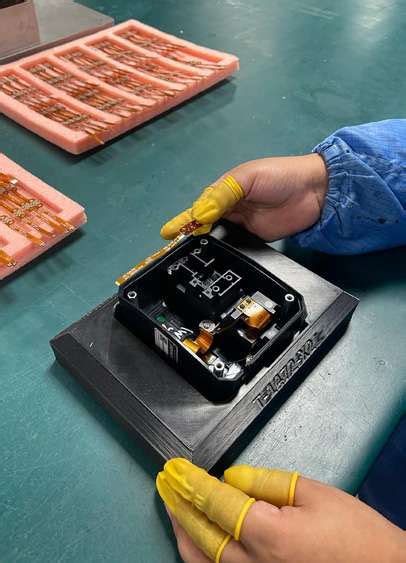
Advanced Techniques in Flexible Circuit Assembly
The evolution of flexible circuit assembly has ushered in novel approaches that significantly enhance the functionality and efficiency of electronic devices. One of the most remarkable advanced techniques is the use of printed circuit board assembly (PCB assembly) methods that allow for the integration of multiple components on a single, flexible substrate. This method not only streamlines production but also reduces weight and space, making it ideal for modern electronics where real estate is at a premium. Moreover, the implementation of surface mount technology (SMT) in pcba processes enables smaller components to be used without sacrificing performance, which is essential as devices become more compact and powerful.
Another notable advancement involves laser direct structuring, a technique that facilitates intricate designs on flexible materials with high precision. This allows for complex circuit pathways to be embedded within flexible circuits, contributing to their versatility across various applications. Additionally, innovations in materials science have led to the development of thermoplastic substrates that provide improved durability and thermal stability compared to traditional materials. As flexible circuits continue to adapt and evolve, their applications now span environments ranging from wearable technology to medical devices, illustrating their increasing necessity in today’s tech landscape. Such advancements not only improve performance but also pave the way for future developments in flexible electronics, ensuring that they remain at the forefront of innovation in an ever-changing industry.
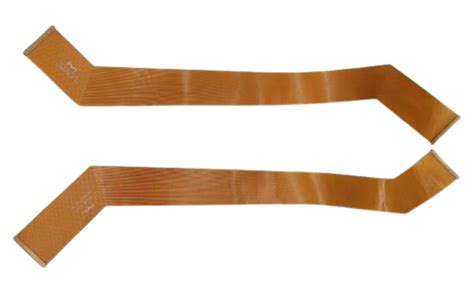
Applications of Flexible Circuits in Modern Devices
Flexible circuits have emerged as a core component in the design and functionality of various modern devices, providing an ideal solution for meeting the rigorous demands of today’s technology. From wearable technology to advanced automotive systems, the versatility of flexible circuit assembly allows for seamless integration into products where space and weight are critical factors. In consumer electronics, such as smartphones and tablets, pcb assembly techniques that utilize flexible circuits facilitate thinner designs while maintaining high reliability and performance. Moreover, these circuits can conform to different shapes and surfaces, enabling unique product designs that were not feasible with traditional rigid circuit boards.
In the medical field, pcba processes incorporating flexible circuits are revolutionizing device capabilities by allowing for more sophisticated monitoring systems that can adapt to varying patient needs. Additionally, aerospace applications benefit from lightweight flexible assemblies that withstand extreme conditions while supporting advanced functionalities. The adoption of innovative materials within these assemblies ensures enhanced durability and conductivity, further propelling their use in high-tech applications across multiple industries. As the demand for compact, efficient devices continues to grow, the contributions of flexible circuit assemblies to modern electronics are not only reshaping designs but also unlocking new possibilities for innovation and performance enhancement.
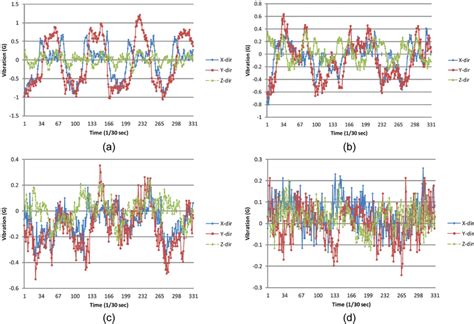
Performance Enhancements Offered by Flexible Circuit Assemblies
The evolution of flexible circuit assemblies has significantly impacted the performance capabilities of modern electronics. By integrating advanced materials and innovative design techniques, pcb assembly processes have become more efficient and versatile. The lightweight nature of these circuits allows for greater density in design, permitting devices to be thinner and more compact without sacrificing functionality. Additionally, flexible circuits boast superior fatigue resistance, which is essential in applications subject to constant motion or bending. This adaptability not only supports the growing demand for wearable technology but also enhances thermal performance, which is crucial for high-power applications in automotive and industrial sectors.
Moreover, the incorporation of pcba technologies has enabled manufacturers to achieve higher assembly yields and reduced production costs, driving better price-to-performance ratios for consumers. Furthermore, flexible circuit assemblies can easily accommodate new electronic components, enabling quicker product updates and refresh cycles in a fast-paced market. As we explore these significant performance enhancements, it becomes evident that flexible circuitry is not simply an alternative but a necessary evolution in electronics that responds adeptly to contemporary consumer needs and technological advancements.
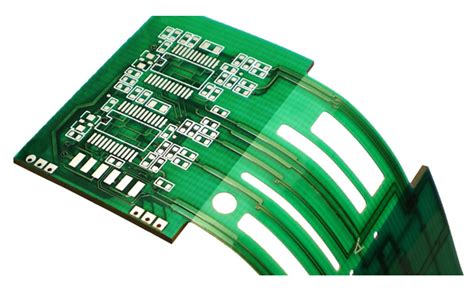
The Future of Flexible Circuit Assembly: Trends and Predictions
As we look ahead, the future of flexible circuit assembly seems poised for remarkable growth, driven by emerging technologies and consumer demand for more efficient and versatile electronics. One of the most significant trends is the shift towards smart wearables and Internet of Things (IoT) devices, which necessitate components that can seamlessly integrate into a variety of form factors while maintaining high performance. This demand has accelerated innovations in pcb assembly techniques, where manufacturers are increasingly utilizing advanced materials that offer greater flexibility, durability, and conductivity. Moreover, the integration of automated processes within pcba operations is expected to enhance precision and scalability in production. Another predictive trend focuses on the convergence of flexible circuits with other technologies such as printed electronics and 3D manufacturing, creating multilayered circuitry that can be customized on-demand for specific applications. This evolution not only enhances adaptability but also reduces waste in manufacturing processes. Ultimately, as industries continue to explore cutting-edge applications—from healthcare sensors to automotive systems—the role of flexible circuit assembly will be pivotal in shaping the electronics landscape of tomorrow.
Challenges and Solutions in the Field of Flexible Circuit Assembly
The field of flexible circuit assembly faces a range of challenges that stem from the intricate nature of its design and production processes. One primary challenge is ensuring the reliability and durability of circuits, particularly when they are subjected to bending and flexing. The materials used in pcba must withstand mechanical stress without compromising functionality. To address this, innovative materials such as flexible substrates and advanced adhesives have been developed to improve adhesion and toughness. Additionally, precision in pcb assembly processes is crucial; even minor imperfections can lead to significant performance issues. Emerging techniques like automated inspection systems combined with machine learning can help identify and rectify defects more efficiently during the manufacturing stages.
Another noteworthy challenge is the integration of flexible circuits into existing designs, which often requires substantial redesign efforts to accommodate new technologies. This necessitates close collaboration between designers and manufacturers to ensure seamless integration without loss of performance. Furthermore, there is a continuous need for cost-effective production methods that do not compromise on quality, as market demands push for more affordable yet high-performance solutions.
Addressing these challenges involves adopting a multifaceted approach that combines advanced material science with innovative manufacturing techniques, thus enabling the flexibility these circuits offer while maintaining high standards of reliability and performance. As flexible circuit technology continues to advance, manufacturers are better positioned to overcome these obstacles through sustained research and development efforts.
Conclusion
In summary, the innovations in flexible circuit assembly are paving the way for a new generation of modern electronics. These advancements are largely driven by the ongoing demand for devices that not only perform efficiently but also allow for greater design flexibility. The integration of advanced materials and techniques is enhancing the adaptability of electronic products, making them suitable for a myriad of applications, from wearable technology to sophisticated medical devices. As PCB assembly processes evolve, we see a notable shift towards PCBA methods that embrace flexibility and compact designs. These changes not only lead to improvements in performance but also encourage manufacturers to rethink traditional approaches to circuit design and assembly. The continued exploration of flexible circuits promises exciting possibilities that could redefine how we interact with technology in our daily lives. As we look ahead, embracing these innovations will be crucial in staying competitive in the rapidly changing tech landscape.


